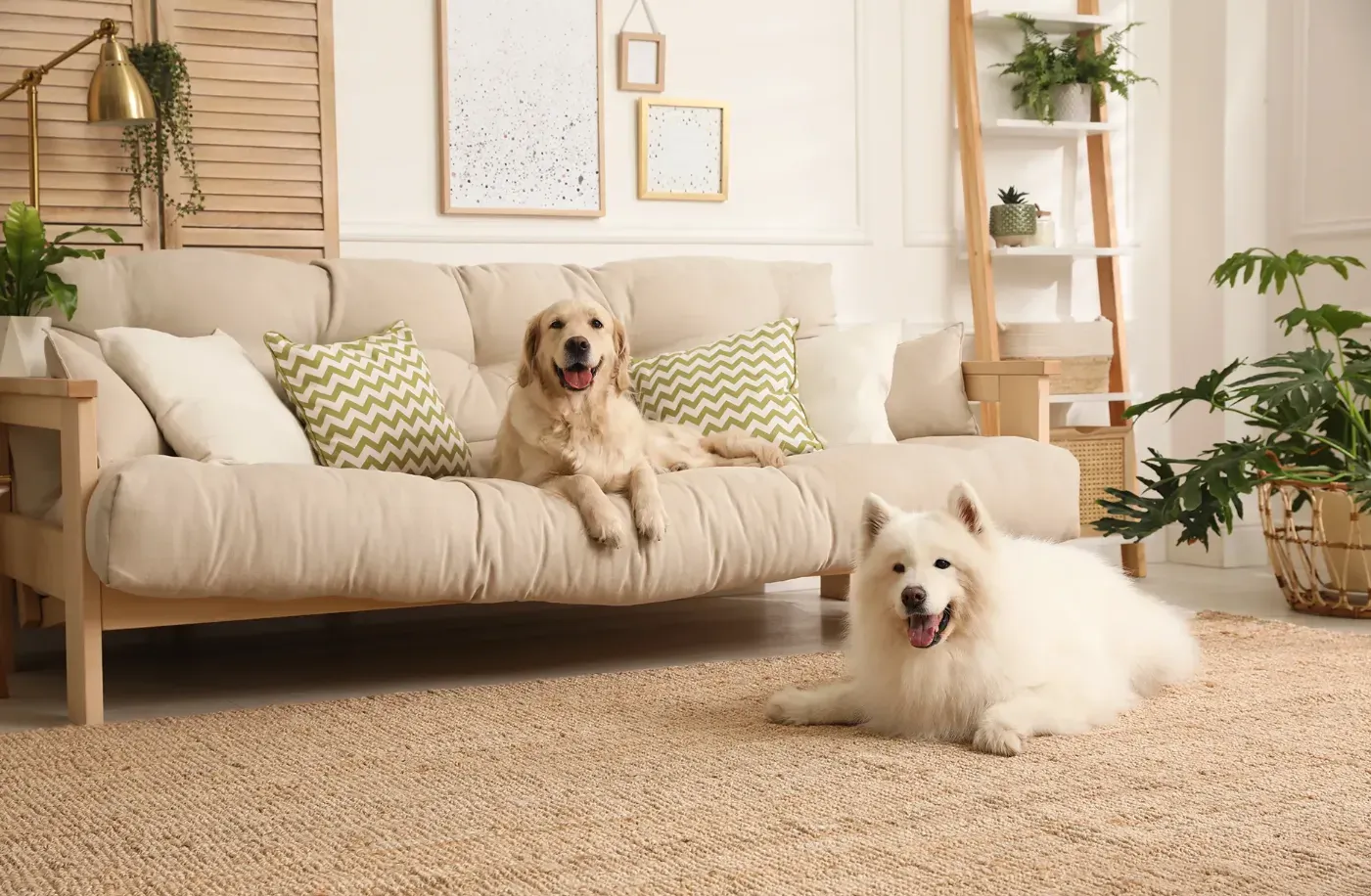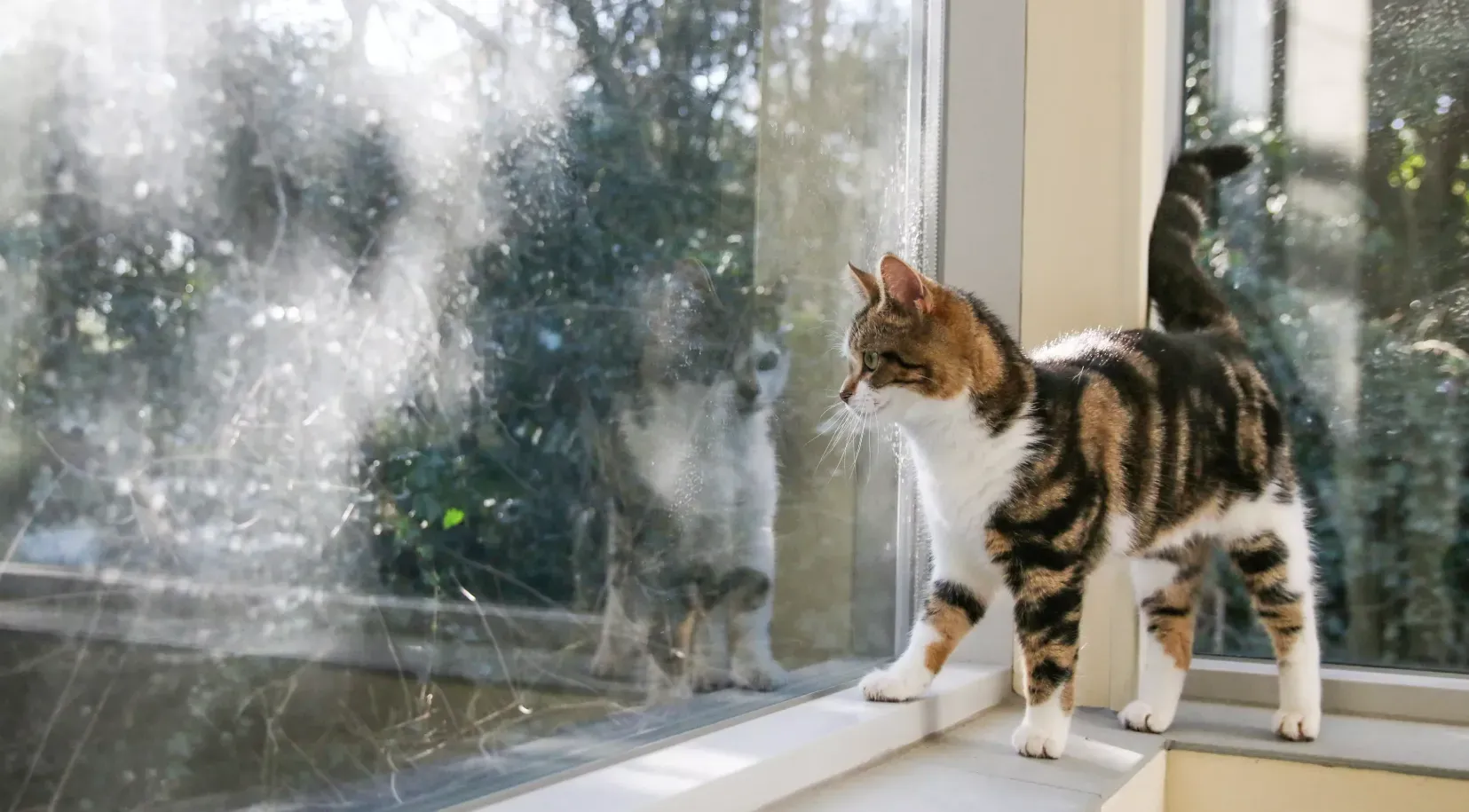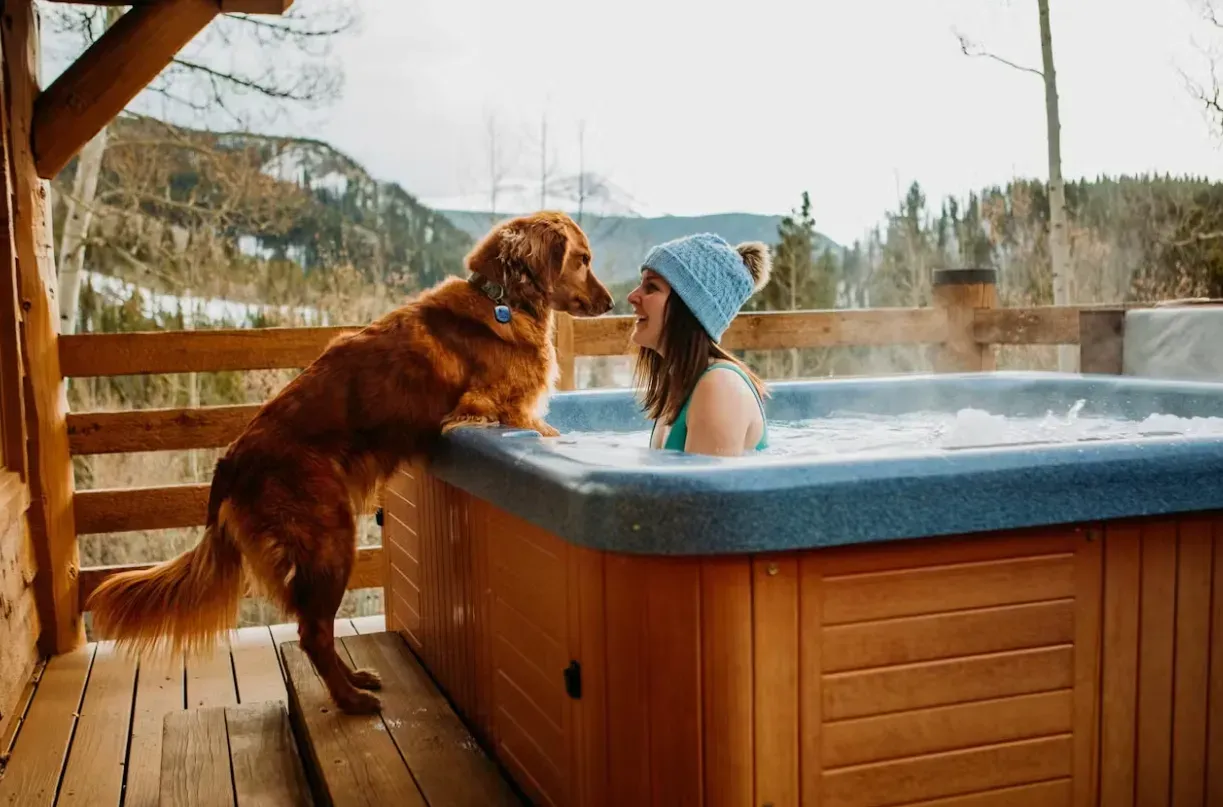The Growing Demand for Pet-Friendly Homes in India 2025: What Landlords and Buyers Need to Know

By
Shrusti Naik
Posted on July 17, 2025. 10 mins

The Growing Demand for Pet-Friendly Homes in India 2025: What Landlords and Buyers Need to Know

In February 2025, a young couple walked into a sales office in Pune and asked the marketing executive a question that would have sounded eccentric five years ago: “Do you have any pet-friendly 2-BHKs?”
The executive did not flinch. Instead, she handed them a brochure that listed a rooftop dog park, a grooming station and a pet-waste composting unit. The couple signed the cheque that afternoon. They are not outliers; they are the new normal.
With 38.5 million pets in Indian households today, up from 22 million in 2018, and the pet-care market racing toward ₹1 lakh crore in the next decade, the hunt for pet-friendly homes has become a decisive factor in where Indians choose to live, rent or invest. Besides, if you are looking at lighting your wall, you can visit our guide on wall light design.
Urbanisation, Millennial Mindsets and the Pet Boom
The story begins with India’s relentless urbanisation. Every year, 67 % of male migrants and a rising share of female migrants move to metros for work. Apartments have replaced bungalows; elevators have replaced front yards. Yet the desire for companionship has not shrunk. If anything, lockdown loneliness accelerated pet adoption. Redseer estimates that India’s pet population grew by 4-5 % annually since 2019, with dogs alone accounting for over 31 million companions.
Crucially, 66 % of Indian Gen-Z owners say their pet is “the most important part of their life”. When these buyers and renters scout for a home, they filter for pet-friendly housing policies, open terraces, proximity to veterinary clinics and, increasingly, pet-waste disposal systems. A developer who ignores these features is quietly removing himself from a ₹7 billion market that is doubling every five years. We can also get inspired by the beautiful houses of the bollywood celebrities such as Tiger Shroff and Shilpa Shetty
From Policy to Practice: Laws That Actually Protect Paws
Until 2020, housing societies in Noida and Gurugram routinely issued circulars banning “large dogs” or requiring muzzles at all times. That changed after the Animal Welfare Board of India (AWBI) reiterated statutory guidelines: no RWA or AOA can legally bar pets, impose size or breed restrictions, or levy special charges. The Noida Authority’s 2024 pet policy goes further, mandating registration, vaccination, and explicitly forbidding blanket bans on pets.
Maharashtra followed with a 2025 circular that urges co-operative housing societies to designate pet relief areas and streamline vaccination records. In practical terms, a landlord in Pune or Mumbai who advertises a “no-pet policy” risks violating state advisory norms. Conversely, developers who embed pet-wash stations and agility zones in project blueprints now use them as USP slides in investor presentations. If you are looking for colour combinations for other rooms in your house you can view our guide of top room combinations.
Rental Market Rewired: Higher Rents, Lower Vacancy
For landlords, the equation is no longer emotional; it is financial. Pet-owning tenants stay 29 % longer and accept 7-10 % higher rents, according to a 2025 pan-India survey by SaveMax. The reason is scarcity: only one in five apartment complexes in Delhi-NCR and one in four in Bengaluru currently allow unrestricted pets.
Consider a 1,200 sq ft flat in Thane that previously fetched ₹35,000 a month. The owner spent ₹1.5 lakh installing scratch-proof vitrified tiles and a small balcony turf. He now markets the unit as “pet-approved” and leases it for ₹38,500 within 48 hours. The pay-back period on the upgrade: 14 months. Vacancy risk drops because the tenant pool of pet parents is both loyal and credit-worthy, pet insurance premiums, after all, require stable income proofs.
Besides, if you are searching for designs to paint your wall, you can visit our guide on wall painting designs.
Developer Playbook: Designing for Four-Legged Users
Walk into Max Estate’s upcoming project in Gurugram and you will notice a 1,200 sq ft pet park on the second floor, complete with separate sections for large and small breeds, on-site grooming salon and a vet-on-call partnership. In Bengaluru’s Modern Spaaces development, pet elevators, yes, separate lifts for dogs, reduce human-animal conflict during peak hours.
These are not vanity add-ons. Pet-friendly amenities add 3-5 % to capital values, according to a 2025 report by Modern Spaaces. Buyers willingly pay a premium because they foresee higher resale demand from future pet parents. The ripple effect extends to pet-care retail: a single 300-unit project generates enough footfall to support a vet clinic, pet bakery and monthly vaccination camp, creating an ecosystem rather than an amenity. To elevate your bedroom and create a good impression among your loved ones, check out out blog on bedroom colour combinations.
Buyer Checklist: How to Spot a Truly Pet-Friendly Home
If you are house-hunting with a Labrador or a Persian cat, look beyond the brochure photograph of a puppy on a sofa. Ask for AWBI compliance certificates, society bye-laws, dedicated pet relief areas, and distance to the nearest 24-hour vet clinic. Speak to existing pet-owning residents: do they pay extra maintenance? Are there breed-specific restrictions?
For buyers eyeing rental income, a pet-friendly tag is now a diversification tool. A flat in a pet-approved project in Hyderabad’s Gachibowli commands a 6–8 % rental premium over a comparable unit in a traditional society. NRIs, in particular, are locking in such assets because pet-friendly mandates are irreversible once embedded; they cannot be removed by a future RWA resolution.
Conclusion: The Tail Wagging the Housing Market

India’s love affair with pets is no longer measured in Instagram reels; it is measured in square feet and price per square foot. Whether you are a landlord wondering why your neighbour’s flat rents faster, or a buyer budgeting for that extra balcony, the takeaway is clear: pet-friendly homes are moving from “nice to have” to “must have”. Ignore the trend and you risk missing the next wave of urban rental yields and capital appreciation. Embrace it, and you may find yourself discussing dog-park maintenance charges as seriously as car-parking ratios.
For those in pursuit of their dream home, investment opportunities, or a sanctuary to call their own, Jugyah provides top housing solutions with its intelligent technology.
Frequently Asked Questions
Q1. Can my RWA legally ban my dog because it is a “large breed”?
No. AWBI guidelines prohibit blanket bans based on size or breed. Any such rule is unenforceable under Indian law.
Q2. Will I pay higher maintenance for my pet?
Only if the charges are reasonable and earmarked for pet amenities like waste disposal. Arbitrary “pet penalties” are disallowed.
Q3. Are there any tax benefits for installing pet-friendly fittings in a rental property?
You can depreciate capital improvements like scratch-proof flooring or pet-wash stations under Section 31 of the Income-Tax Act, treating them as revenue expenses.
Q4. What documents should I carry when moving into a pet-friendly society?
Carry vaccination records, sterilisation certificate, AWBI registration and a letter from your vet confirming the pet’s temperament.
Q5. Do pet-friendly apartments really command a rent premium?
Yes. Independent surveys show 7–10 % higher rents and 29 % longer tenant retention, translating to lower vacancy and higher effective yields.